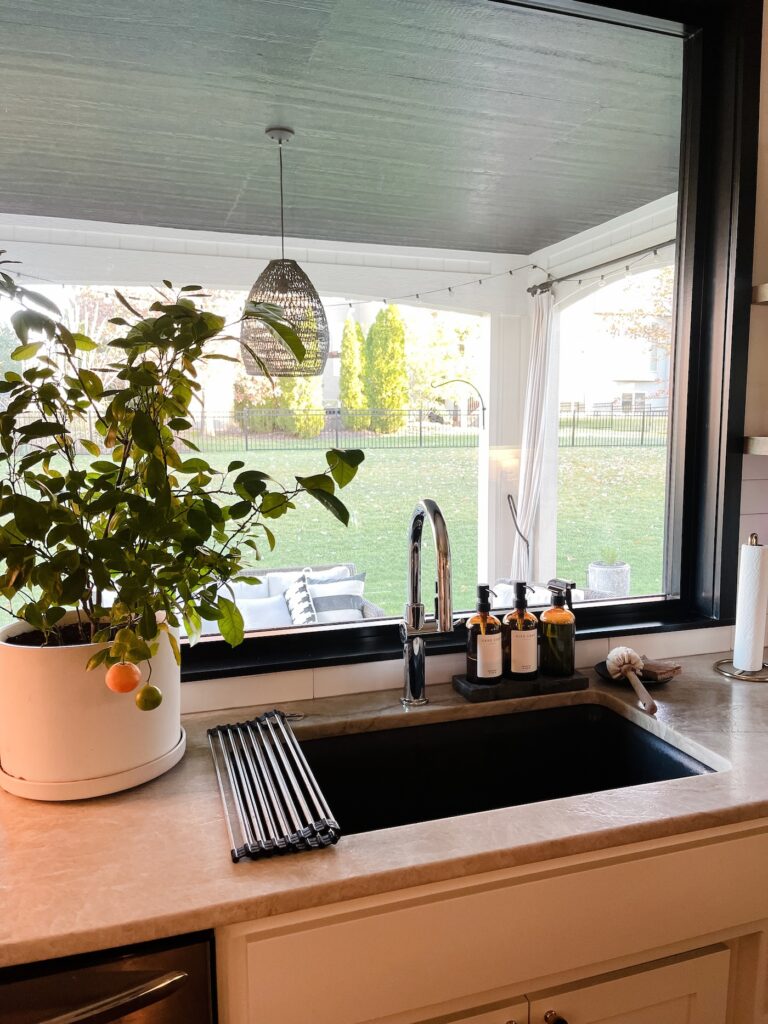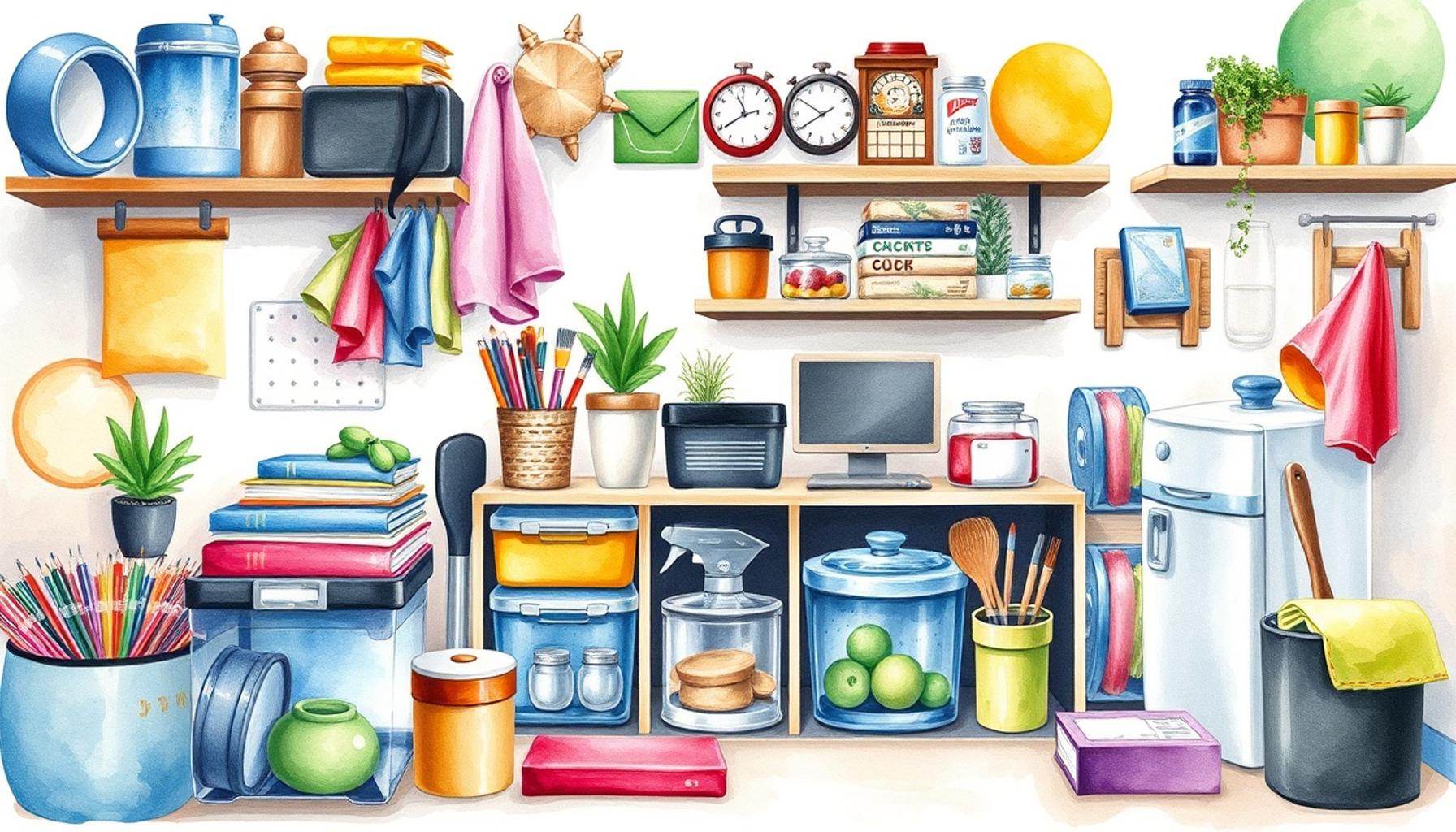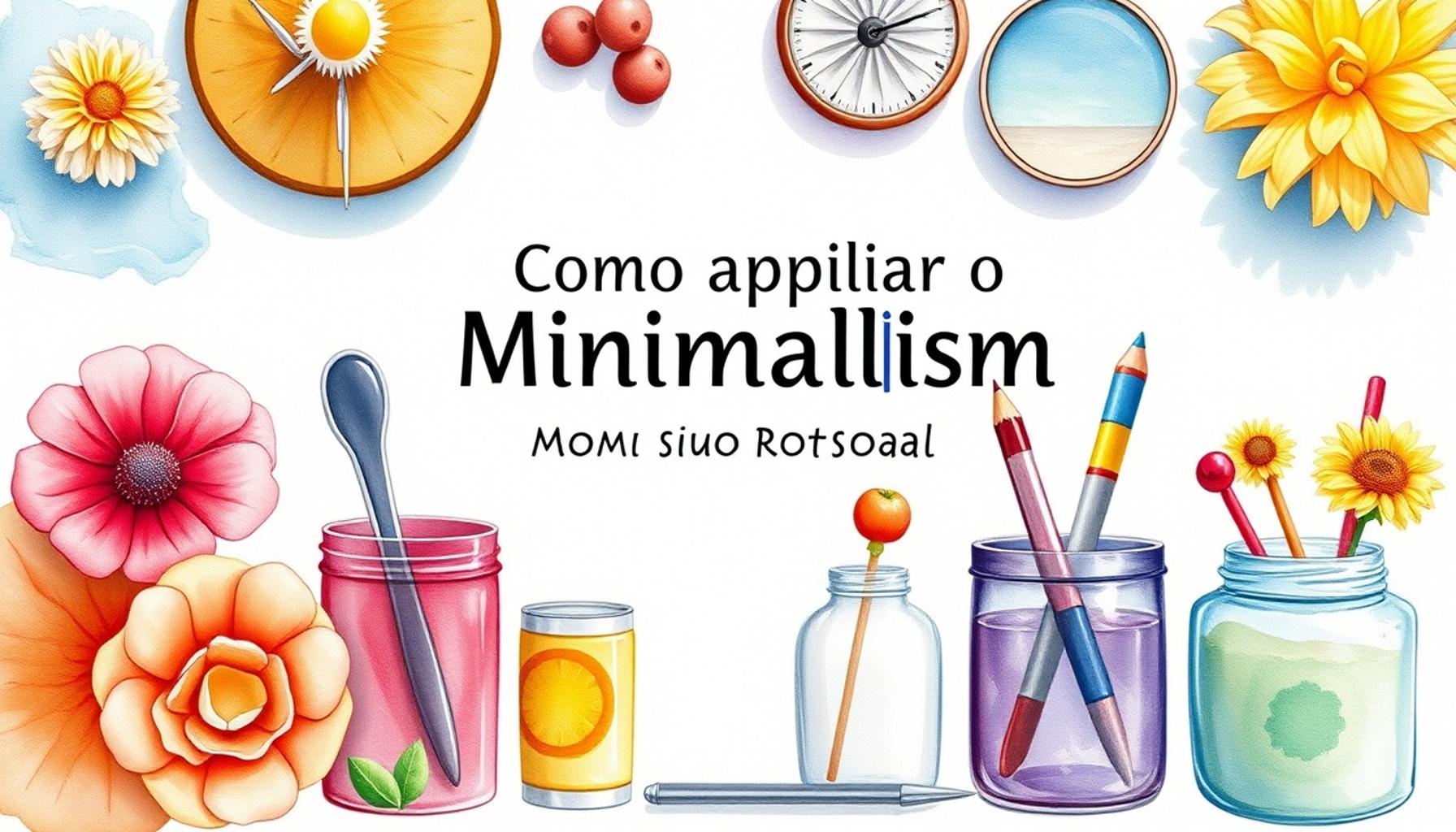Transform Your Pantry into a Functional Space
Imagine opening your pantry doors and being greeted by a beautifully organized space. With the right pantry organization tips, this can be your daily reality. A well-structured pantry not only enhances the aesthetic of your kitchen but also streamlines your cooking and meal prep.
Consider these compelling reasons to get started:
- Easily locate ingredients — No more digging through clutter. Imagine being able to locate a can of chickpeas or a bottle of olive oil at first glance. This ease of access can significantly decrease the time spent on meal prep.
- Reduce food waste — Keep track of expiration dates with clear visibility. By organizing items by type and using clear containers, you can quickly check what needs to be consumed first, thereby minimizing food waste and saving money.
- Maximize space — Utilize every inch effectively while maintaining easy access. By incorporating stackable bins and tiered shelving, you can take advantage of vertical space that may otherwise go unused.
It’s easy to let pantry chaos creep in, especially with busy schedules and a penchant for bulk shopping. For many American households, where the convenience of Costco and other warehouse stores has led to increased inventory, maintaining order can feel like a daunting task. Thankfully, the process of organizing your pantry doesn’t have to be overwhelming. Take small, manageable steps and incorporate simple systems to make a big impact.
One effective strategy is to categorize your groceries. Think of grouping items into sections: grains, spices, canned goods, snacks, and baking supplies. Using transparent containers or bins not only streamlines visibility but also creates a uniform look that can be visually pleasing. Consider investing in a lazy Susan for spice jars or smaller items, enabling you to reach everything with ease.
Labeling is another essential component of an organized pantry. By using a label maker or decorative chalkboard labels, you can easily identify what’s inside each container, making it simple for everyone in the household to maintain the organization. This practice not only facilitates quicker meal preparation but also encourages family members to help put items away, promoting collective responsibility.

In the following sections, you will discover innovative strategies for keeping everything in its place. From storage solutions to labeling techniques, each tip is designed to help you create not just order but harmony in one of the most important spaces in your home. So grab your measuring tape, some bins, and a notepad, and get ready to embark on your journey toward a functional and inviting pantry space!
SEE ALSO: Click here to read another article
Smart Strategies for Pantry Organization
To craft an organized pantry, the first step is to take inventory of what you already have. Begin by emptying the shelves and assessing all items, checking expiration dates, and discarding anything that has gone bad. This comprehensive overview will help you understand the space you have and identify which categories require more attention.
Once you’ve cleared out the clutter, consider utilizing the following pantry organization tips to create an efficient and visually appealing space:
- Zone Your Pantry — Dividing your pantry into dedicated zones makes it easier to find items. Create sections like “breakfast foods,” “snacks,” and “meal prep essentials.” This not only simplifies meal planning but also helps you keep track of your inventory.
- Opt for Clear Storage Containers — Investing in clear, stackable containers can significantly enhance visibility. This not only creates a uniform look but also allows you to see when supplies are running low. Grain and pasta can be placed in large airtight containers to keep them fresh, while smaller items like nuts and dried fruits can fit comfortably in jars.
- Utilize Vertical Space — Make the most out of every inch by installing adjustable shelving or using tiered organizers. This way, you can stack items high while still being able to reach them when needed. Consider adding hooks or pegboards to the pantry door for storing utensils or frequently used tools, maximizing your organization.
In the quest for an organized pantry, labeling is an incredibly powerful tool that should not be overlooked. Clear labels help family members know exactly where each item belongs, reducing the chances of items being misplaced. Whether you choose to use a label maker or stylish chalkboard labels, consistency is key. Label everything from flour to spices, ensuring that everyone can contribute to maintaining the system.
Moreover, consider utilizing bins for smaller items like packets of seasoning or snack bars. Grouping like items together not only enhances organization but also allows you to use the space more efficiently. For example, a basket dedicated solely to snacks can curb temptation by providing easy access to healthier options.
Another innovative technique involves the use of FIFO (First In, First Out) systems, where the older items are placed in front, encouraging you to use them before newer products. This method is particularly effective for perishable items and helps in reducing food waste.
With these strategies at your disposal, you are well on your way to transforming your pantry from a chaotic collection of items into a serene and orderly haven. While the process may take some time initially, the long-term benefits of a well-organized pantry are both tangible and rewarding. Get ready to experience ease, efficiency, and fun in your kitchen as you put these tips into action!
| Organization Technique | Advantages |
|---|---|
| Transparent Containers | Visibility of contents and easy identification reduce waste and improve meal planning. |
| Labeling | Clarity minimizes the time spent searching for items, making your pantry more efficient. |
| Vertical Storage Solutions | Maximizes space in smaller areas, providing a neat and tidy look while optimizing storage capacity. |
| Grouping Similar Items | Efficiency when cooking, as ingredients are quickly at hand, streamlining your culinary experience. |
Implementing these pantry organization tips can profoundly impact both your cooking and shopping routines. Each technique not only enhances accessibility but also reduces food waste, ultimately saving you time and money in the long run. Explore these methods to revolutionize your pantry and transform it into a functional and inspiring space.
CHECK OUT: Click here to explore more
Advanced Pantry Solutions for the Discerning Organizer
As you delve deeper into pantry organization, consider integrating advanced solutions that can elevate your system. Beyond basic sorting and storage methods, these innovative techniques can transform your pantry into a model of efficiency.
Create a Pantry Inventory System — One of the most effective ways to maintain organization is to implement a pantry inventory system. Whether it’s a simple written list or a digital spreadsheet, tracking the items you have on hand can save you both time and money. Apps like Pantry Check or OurGroceries allow you to scan barcodes, ensuring you always know what’s in stock. This system can also serve as a handy shopping guide when it’s time to restock!
Use the Right Tools — Investing in specialized tools can take your pantry organization to the next level. Consider items like tiered spice racks or multi-tiered shelves to organize canisters by size. Magnetic spice jars can be attached to the inside of pantry doors, freeing up shelf space while keeping your most-used seasonings within reach. For those with limited pantry space, take advantage of slide-out shelves or pull-out bins which can easily accommodate heavier items and ensure you can access the back of your pantry.
Seasonal Rotation — Another tip worth incorporating is the idea of seasonal rotation. For items that you use at different times of the year (think holiday baking supplies or summer barbecue essentials), allocate specific spaces that can be adjusted according to the season. As summer transitions to fall, make room for canned pumpkin and apple cider mix while storing away less-used items like ice melt. This method not only keeps your pantry organized but also allows you to prepare for seasonal cooking.
Incorporate a ‘Use It Up’ Shelf — One creative idea is to allocate a shelf or bin for items that need to be used up soon. This shelf can act as a reminder to prioritize these items before they expire. Whether it’s leftover sauces, baking ingredients, or snacks nearing their sell-by date, placing them at eye level encourages consumption over complacency.
Make It A Family Affair — Another essential aspect of sustaining a well-organized pantry is involving the entire family in the maintenance process. Create fun challenges, like who can organize the snacks or who can find the oldest canned good. This not only instills a sense of responsibility but also fosters healthy habits among family members. Organizing your pantry can become an engaging weekend project, enhancing both teamwork and culinary creativity.
The dynamic nature of life can lead to changes in pantry needs over time; thus, consider a biannual review of your pantry organization. These reviews provide an opportunity to assess what works well and what may need adjustment. As trends in cooking and eating evolve, so too should the organization of your food storage.
By employing these advanced strategies, you create a pantry that not only serves as a place for storage but transforms into an efficient space that inspires culinary creativity and ease. Armed with these pantry organization tips, you can truly take control of your kitchen and enhance your overall cooking experience!
SEE ALSO: Click here to read another article
Conclusion: Your Path to an Organized Pantry
In conclusion, pantry organization is not just about aesthetics; it plays a vital role in enhancing your cooking experience and minimizing waste. Employing strategies such as creating a well-structured inventory system, utilizing the right tools, and incorporating seasonal rotation can transform your pantry from a cluttered space into a veritable haven for ingredients and inspiration. By establishing a ‘use it up’ shelf, you encourage mindful consumption, reducing the likelihood of food spoilage. Furthermore, involving family members not only makes the process enjoyable but also fosters a culture of organization and responsibility.
As you embark on your journey towards a well-organized pantry, remember to embrace flexibility. The needs of your pantry can evolve with your dietary preferences, seasonal changes, and even culinary trends. Implementing regular reviews of your pantry space allows you to adapt and refine your organization strategies, ensuring they remain effective and relevant over time.
By adopting these pantry organization tips, you not only gain control over your kitchen but also unlock a new level of culinary creativity. A well-organized pantry can be the cornerstone of meal prep, making it easier to whip up delicious dishes and introducing you to new flavors along the way. So take the plunge, invest the time, and watch how a simple overhaul can reinvigorate your cooking routine while keeping everything firmly in its place!

Linda Carter is a writer and organization expert specializing in minimalism and personal organization. With extensive experience helping individuals create clutter-free, functional spaces and adopt mindful habits, Linda shares her knowledge on our platform. Her goal is to empower readers with practical advice and strategies to simplify their lives, stay organized, and achieve a sense of calm and balance in their daily routines.













